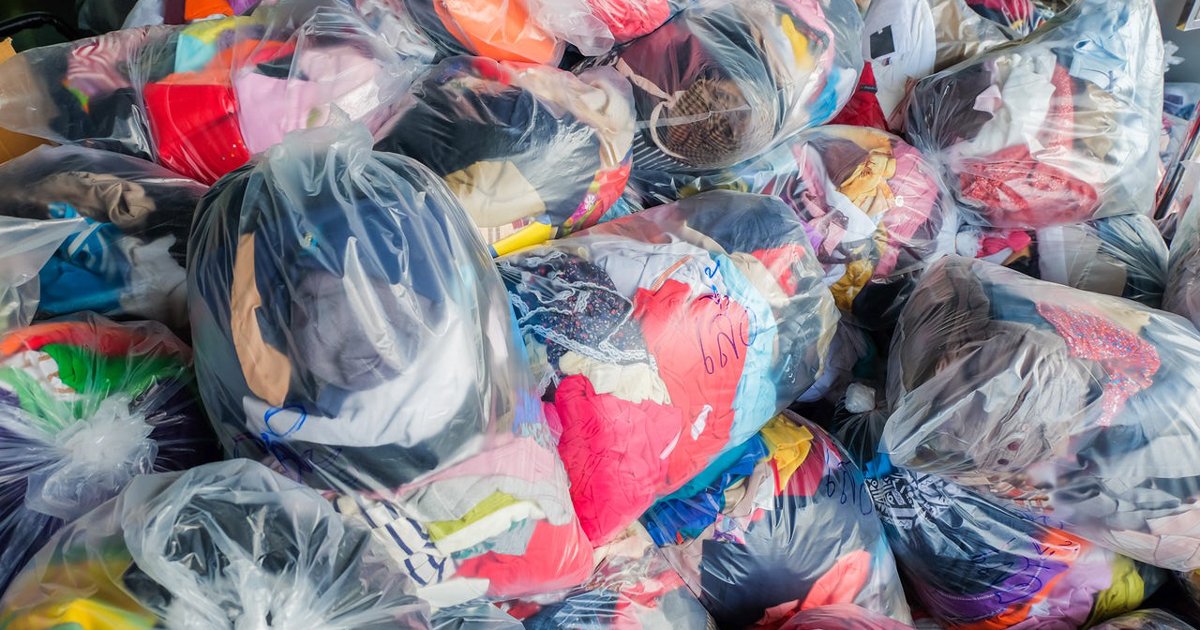Carcel
Carcel is the word for prison in Spanish. A word with such a nauseating meaning.
But Carcel is also the word for a former French unit for measuring the intensity of light. Suddenly it doesn’t feel so unpleasant, don’t you agree?
Words carry the meaning we choose to give them. It is after all a matter of perspective. I suppose this must be the case with Carcel, a socially sustainable fashion brand. Veronica D’ Souza and Louise Van Hauen have managed to infuse positivity in the word carcel by founding their brand in collaboration with places which our society prefers to keep away from: the prisons.
The two creative ladies were met while living in Nairobi. Van Hauen was a creative manager at a leather bag company and D’ Souza was the head of a social start-up that made and distributed menstrual cups. So a social entrepreneur and a designer joined forces in order to create Carcel. The Copenhagen based brand sells products of high quality material and timeless design. They make prototypes in Copenhagen and forward the design and a knitting recipe …to the prisons they collaborate with.
You see, their wonderfully designed products have a special origin. They are created by imprisoned female artisans located in Cusco at Peru and Chiang Mai at Thailand. Locations have been chosen as places where the best quality of materials intersects with the highest numbers of female incarcerations. That means baby alpaca wool for Cusco and silk for Chiang Mai.
Carcel sells only what is produced. The products are of high quality material and timeless design. The woman who makes the product sews or embroiders her name on to the label or, as with the silk pieces from Chiang Mai, on the exterior in Thai cursive that doubles as a decorative detail, as you can see below:
Here are the two Fasfem favorite styles from silk and baby albaca:
So one can argue here; is it collaboration or exploitation? Isn’t a succesful high quality brand having emloyed imprisoned women in poor countries an oxymoron on it’s own? By visiting the company’s Twitter account you will notice a confrotation taking place…
But let’s examine some facts before we jump into any conclusions. Workers are mostly convicted for non-violent crimes asserted with povetry. Female criminality seems to be enhanced by the inability to provide for one’s family. So these marginalized women, who turned into prostitution and drug traffiking as a result of poverty, are now given a chance to be productive and care for their families. The prison takes a 10 percent cut of their wages, which are benchmarked against the national minimum wage. The workers keep a portion for living expenses like food and soap, and Carcel pays the rest into their families’ bank accounts (source NYT). They spent few hours each day to work and enhance skills useful for when their sentence will be over. They feel empowered.
Fashion industry employs up to 75 million people. About 3/4 of garment workers are women. Most of them are established in poor countries, work exhaustively and are also paid poorly. A unique business model has emerged where people who can pay for expensive garments coexist with marginalized women who are imprisoned. And it is successful. You see, Peru has become something of a case study on the issue of aid versus exploitation.
To quote D’ Souza: Social entrepreneurship meets fashion here. That is promising for the future of the industry and gives space for exploration. More and more brands with social responsible core would pop up and expand.
I suppose I can live with that. Don’t you?
* Photography from Carcel.co - opening picture Hannah Strøbek portrayed by Sarah Stenfeldt for #carcelpeople












